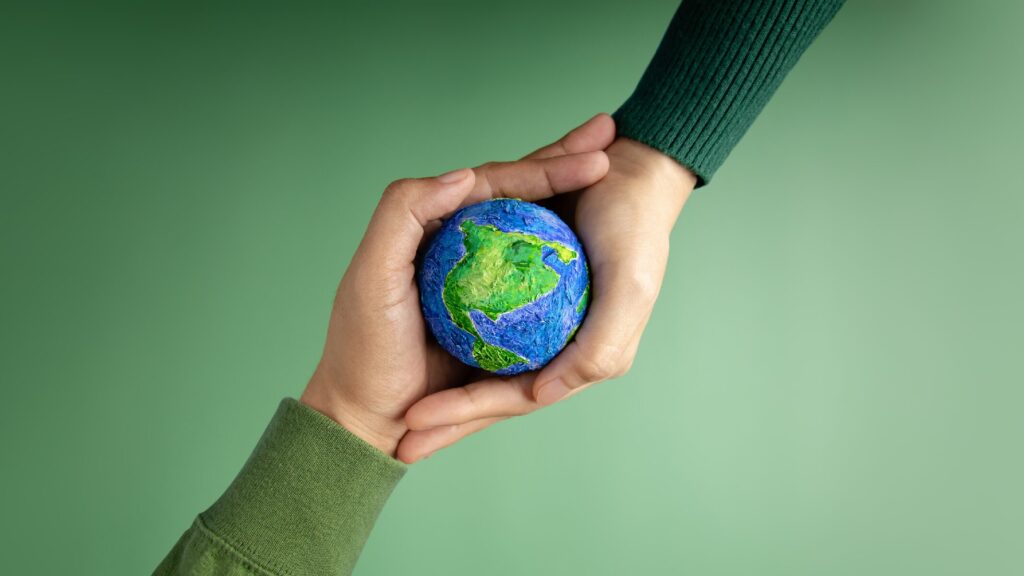If you’ve heard about Earth Day (April 22nd), maybe you’ve felt the urge to plant a tree, take the bus, or unplug for the day and enjoy time outside. But do you know the story behind the celebration?
Earth Day began in 1970 as a nationwide effort to bring awareness to the growing need for environmental care. Sparked by widespread concern for the planet, over 20 million people across the U.S. came together to advocate for a cleaner, healthier Earth—an effort that led to lasting environmental initiatives.
At its core, Earth Day is a reflection of our deep connection to nature and a reminder of our role in caring for it. This idea aligns beautifully with Montessori philosophy, which emphasizes the importance of nature in a child’s development. Maria Montessori believed that connecting with the natural world fosters a sense of responsibility, mindfulness, and peace.
With that spirit in mind, here are 5 ideas to help you celebrate Earth Day in your classroom.
1. Go on a Sensory Walkabout
The absorption of the environment is an intellectual activity. It is a psychic necessity that the child explores the environment; it satisfies his spirit.
Maria Montessori
The 1946 London Lectures, p. 134
Take a sensory walk inspired by Montessori principles—slow down, tune in, and let the child explore nature with curiosity. From the crunch of leaves to birdsong above, each moment invites observation and discovery. It’s a simple, powerful way to nurture mindfulness, independence, and a love for the natural.
2. Embodiment Movement to Nature Sounds
We must study the correlation between life and the environment. In nature all is correlated. This is the purpose of nature. . . Everything fits into the plan: rocks, earth, water, plants, man, etc.
Maria Montessori
The 1946 London Lectures, p. 98
Bring the rhythm of nature into the classroom with embodiment movement exercises set to nature sounds. You can take a more natural approach and allow students to embody nature as they see fit, or you can provide elements for them to embody. For example, play rainforest sounds and ask them to embody a sloth, a tree canopy, or the raindrops. As students stretch, sway, and ground themselves, they connect mind and body with the environment. This practice encourages focus, calm, and a deeper sense of belonging within the natural world—even from inside four walls.
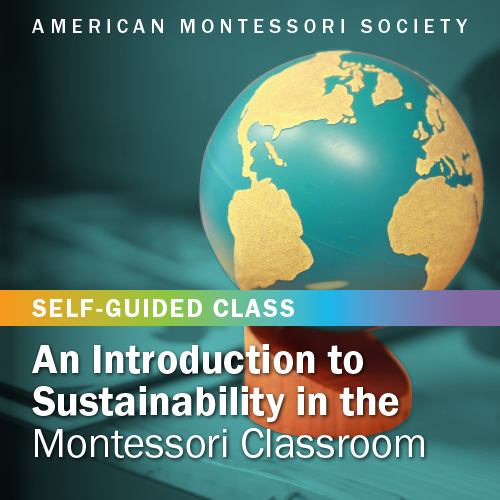
Ready to integrate sustainability more fully into your Montessori practice? This self-paced course connects cosmic education with real-world action, equipping you to nurture conscious, compassionate, and empowered students.
Learn more »
3. Plant Native Wildflowers
Children indeed love flowers, but they need to do something more than remain among them and contemplate their colored blossoms.
Maria Montessori
The Discovery of the Child, p. 74
Invite children to plant native wildflowers and watch curiosity bloom alongside the petals. This hands-on activity goes beyond admiring beauty for one day—it encourages active learning, responsibility, and connection to the local ecosystem.
4. Forage for Edible Plants
The land is where our roots are. The children must be taught to feel and live in harmony with the Earth.
Maria Montessori
Inspired by The Montessori Event’s 2025 Keynote, Alexis Nikole Nelson, learn about foraging. Foraging for edible plants offers children a chance to build a respectful relationship with the Earth. Guided exploration teaches them to observe, identify, and appreciate what nature provides. Learning about this sensory-rich experience connects kids to their environment, fosters curiosity, and encourages mindful interaction with the land they call home. As always, learn about taking necessary precautions before foraging.
5. Make Art from Naturally Gathered or Recycled Materials
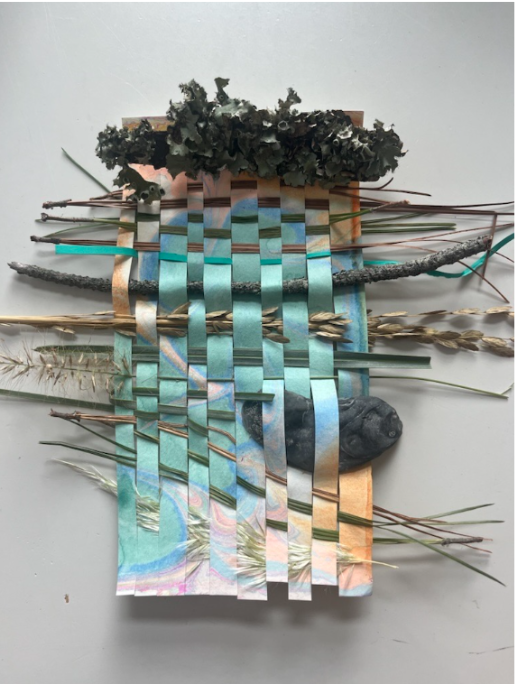
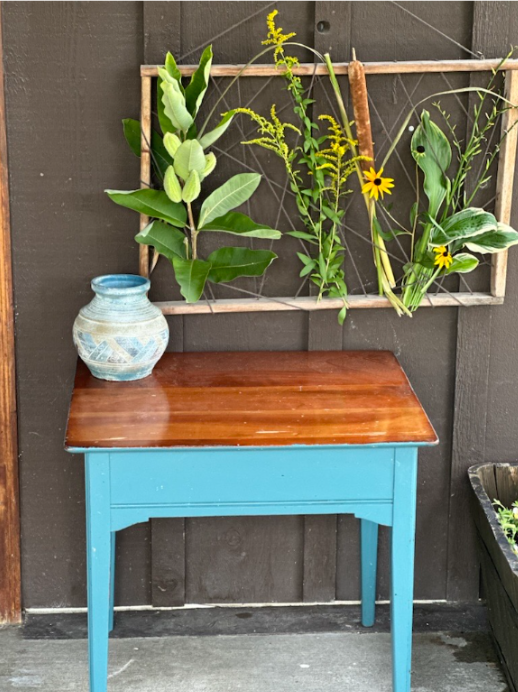
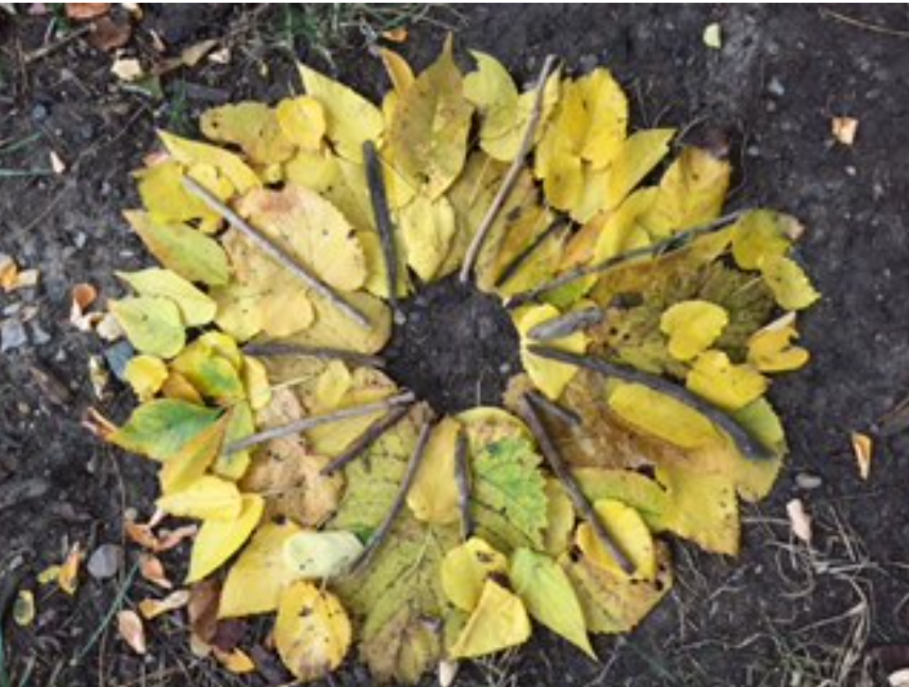
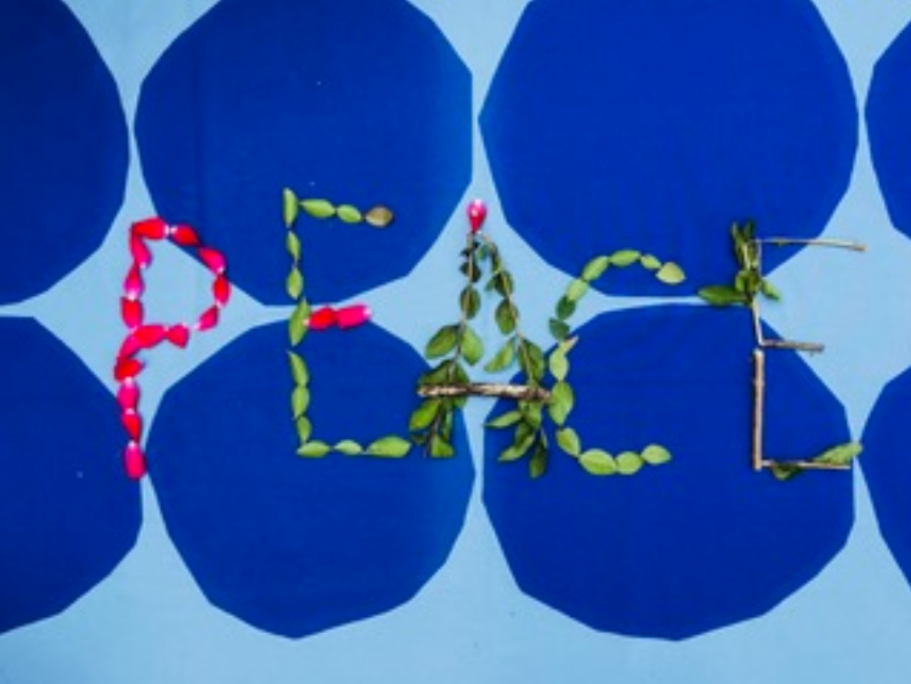
Watch the unending activity of the flowing stream or the growing tree. See the breakers of the ocean, the unceasing movements of the earth, the planets, the sun and the stars.
Maria Montessori
Encourage creativity and sustainability by making art from naturally gathered or recycled materials. As children collect, arrange, and create, they learn that art is everywhere—and that beauty often comes from what’s already around them. This practice celebrates movement, resourcefulness, and the interconnected rhythms of nature and imagination.
Earth Day isn’t just about one day—it’s about cultivating lifelong habits rooted in care, curiosity, and advocacy. By weaving nature into your classroom, you help children build a deep, lasting relationship with the Earth. No action is too small.

